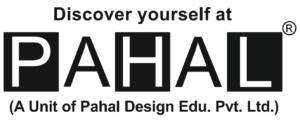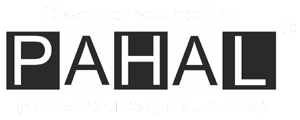Portfolio Preparation
What Is a Portfolio?
- A portfolio is a collection of your best and most recent artwork that highlights your art experience. No matter how long you have been creating work, if you have a collection of your own art, then you have enough for a portfolio.
- Art portfolio preparation in Fashion Design needs to demonstrate flair, innovation, something different; through idea development, mood board design, fashion illustration and a strong personal sense of design and style.
- As a fashion designer you must have sound contextual knowledge of fashion, and costume, historical and contemporary.
- A portfolio is a visual archive of your artistic accomplishments that demonstrates your ability and potential as an artist. Students are encouraged to present a series of images that represents current interests. Also, the portfolio should document additional work that demonstrates an awareness of formal visual organizational principles and experience with a variety of tools, media, styles, and approaches.
- Every visual arts college has its own specific portfolio requirements. You should research the portfolio requirements for each school to which you are planning to apply.
Portfolio Requirements
- An admissions portfolio for first year students should consist of 10 to 15 digital images of your best and most recent work. The work can demonstrate course assignments, personal projects, or work experience.
- Your portfolio should include a focused series of images that shows your current interests, and additional work that reveals an awareness of formal visual organizational principles and experience with a variety of tools, media, styles, and approaches.
- We prefer that the majority of drawings submitted in the portfolio be derived from direct observation rather than other sources (such as photographs). Still life, landscape, figure drawings, portrait, perspective, and diagrammatic drawings are all recommended. Further two-, three-, or four-dimensional work may be abstract or representational and may range from design projects to fine art pieces or installation documentation.
Top Six Reasons to Have a Portfolio
- Distinguish yourself from the competition.
- Turn the interview into an offer.
- Increase the salary offer by impressing the interviewer.
- It is tangible proof of your abilities.
- It might help you get promoted.
- It can help you find the position that is right for you!
Where to Begin
You should start developing your portfolio by first doing a self-assessment. Evaluate what you have to offer and what the best ways are to market your assets. You should decide which skills and experiences you have will relate to the needs of the interviewer, or what you would most like the interviewer to see. If you have don’t have much work experience—most students don’t—you’ll need to mine your school work, volunteer work, and hobbies for evidence of the relevant skills you know you have. For example, if you did event promotions for a campus organization, include a copy of a flyer or poster you designed.
The following is a list of items you may want to include:
- Table of Contents (for easy reference)
- Career Summary and Goals: A description of what you stand for (such as work ethic, organizational interests, management philosophy, etc.) and where you see yourself in two to five years.
- Traditional Résumé: A summary of your education, achievements, and work experience, using a chronological or functional format.
- Scannable Resume: A text-only version of your resume should also be included.
- Skills, Abilities and Marketable Qualities: A detailed examination of your skills and experience. This section should include the name of the skill area; the performance or behavior, knowledge, or personal traits that contribute to your success in that skill area; your background and specific experiences that demonstrate your application of the skill.
- Samples of Your Work: A sampling of your best work, including reports, papers, studies, brochures, projects, presentations, etc. Besides print samples, you can also include CD-ROMs, videos, and other multimedia formats.
- Testimonials and Letters of Recommendations: A collection of any kudos you have received–from customers, clients, colleagues, past employers, professors, etc. Some experts even suggest including copies of favorable employer evaluations and reviews.
- Awards and Honors: A collection of any certificates of awards, honors, and scholarships.
- Conference and Workshops: A list of conferences, seminars, and workshops you’ve participated in and/or attended.
- Transcripts, Degrees, Licenses, and Certifications: A description of relevant courses, degrees, licenses, and certifications.
- Test Results: Document professional or graduate school testing results (such as GRE subject test results).
- Newspaper Clippings: Include articles and/or photos that address your achievement.
- Military records, awards, and badges: A listing of your military service, if applicable.
- References: A list of three to five people (including full names, titles, addresses, and phone/email) who are willing to speak about your strengths, abilities, and experience. At least one reference should be a former manager.
- You should keep your portfolio in a professional three-ring binder.
- Come up with an organizational system of categories to put your items together. Sample categories are as follows: Work Experience, Education, Awards and Certificates, Special Skills, Personal Accomplishments, Background. Use tabs or dividers to separate the various categories.
- Your portfolio should be no more than 25 pages. The shorter it is, the better because an employer will only really absorb 6-10 sample
- Every page should have a title, a concise caption, and artifact. Captions should explain the process you went through and the resulting benefits, such as: “This is a flyer I designed for the promotion of the American Marketing Association Membership Drive. We gained over 50 new members that year.” Use the same type of action verbs you would in a resume.
- Photocopy full-page samples to a smaller size, if needed.
- Make the layout and design consistent, and don’t get overly decorative—keep it clean and use lots of white space.
- You may also consider including a disk or CD with samples of your work. An on-line portfolio is another option.
- Once you have put together your portfolio, you should create a title page, table of contents, and introduction. The introduction is your opportunity to tie together your portfolio contents and summarize your qualifications.
Finishing Touches
- Have a faculty member or someone at the Career Center review and critique your portfolio.
- Develop a condensed version of your portfolio, containing your most important accomplishments to leave with your interviewer. It could be in an inexpensive report cover or folder. This provides something physical to remind the interviewer that you were there. It also provides you an occasion for an additional contact in a week or so to arrange for its pickup. Make sure you do not include original materials in which you only have one copy!
- Mention that you have a portfolio in the reference section of your resume as well as in your cover letter.
How Do I Use My Portfolio During the Interview Process?
- Bring the condensed version of your portfolio with you to the interview and be prepared to present all the information within it to the interviewer. You may not always want to leave a condensed version of your portfolio. Interest in the position and cost should help you decide.
- Announce at the beginning of the interview that you have a portfolio and would like to present it at some point during the interview.
- You can use your portfolio to support your responses. For example, the interviewer might say, “I see that you have worked on your school newspaper. What were your favorite writing assignments?” You might reply, “My favorite assignments include this article (turn portfolio towards the interviewer and show them the article in the portfolio) that required a lot of research and this creative writing piece (show article) that I wrote for a special edition.
- If you are unable to present it during the interview, begin the time allotted for questions by mentioning that you would like to present your portfolio.

















